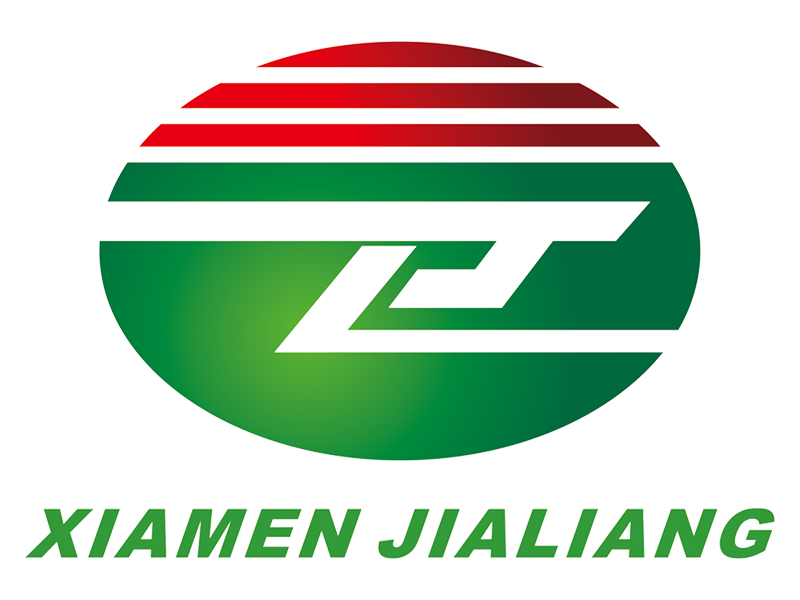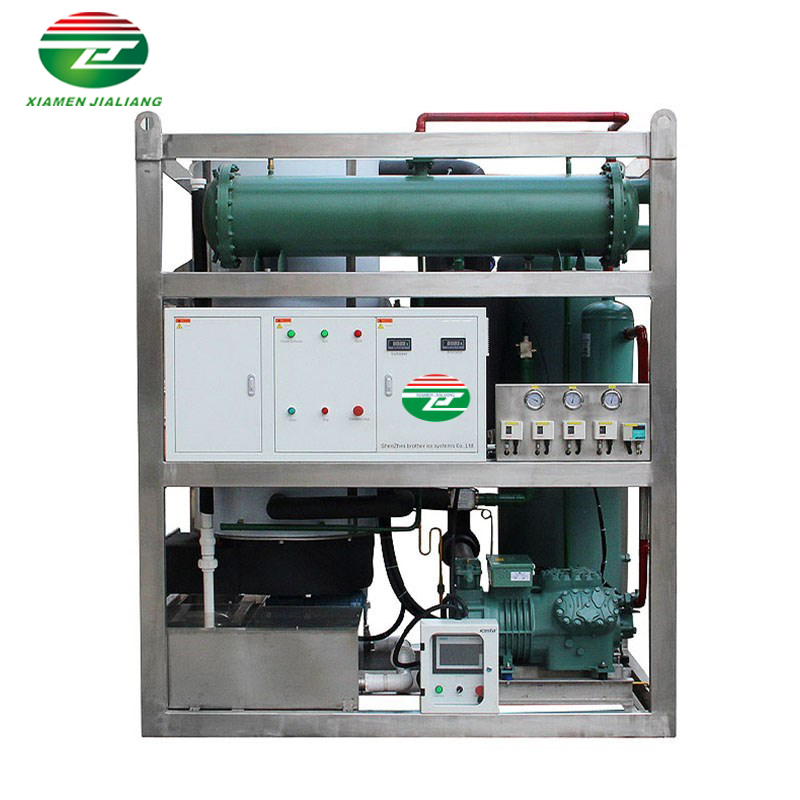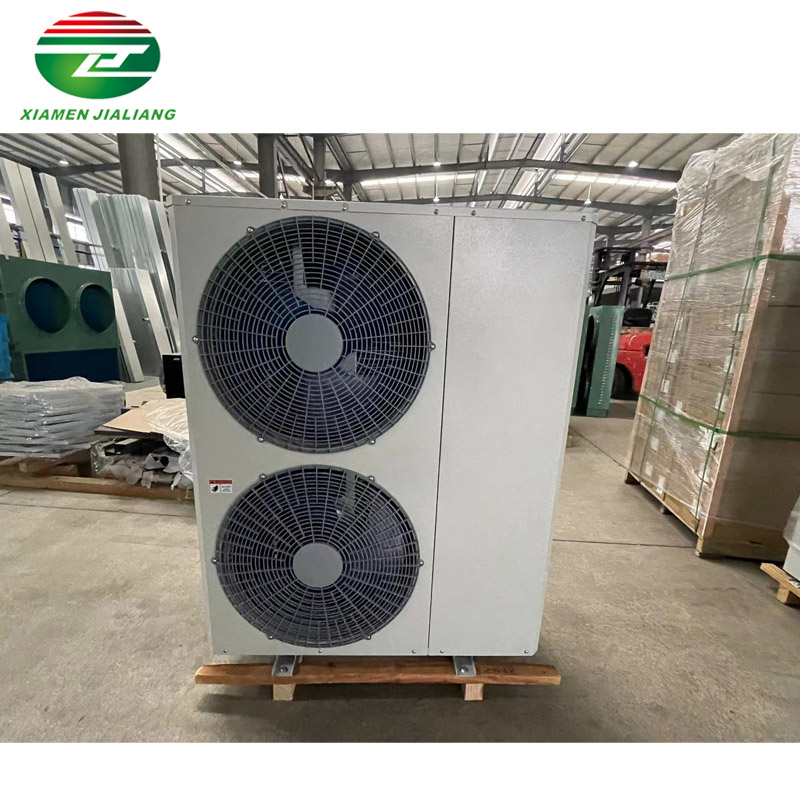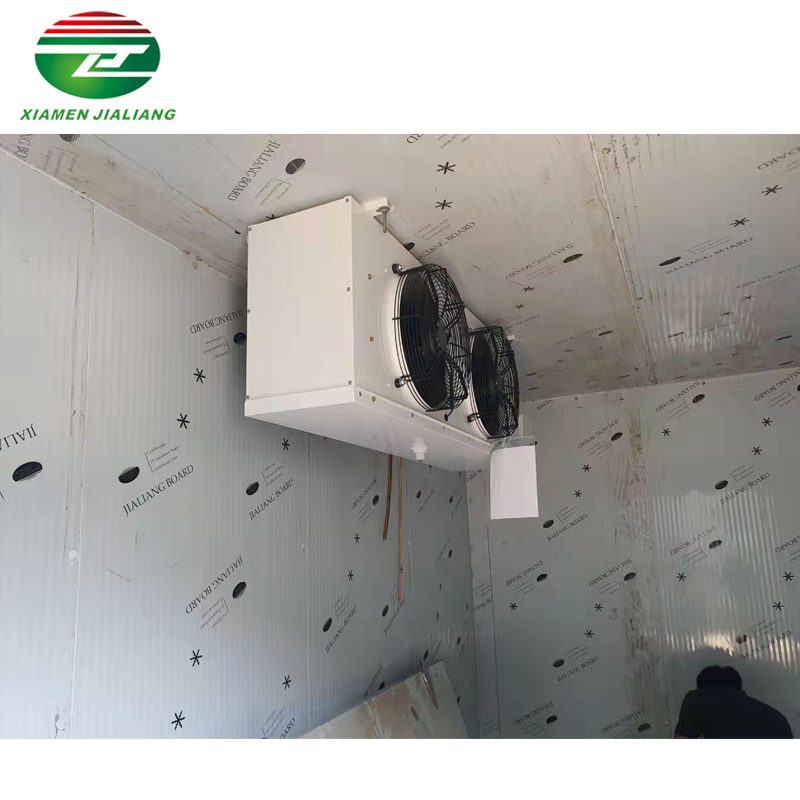Types of Cold Rooms
Cold rooms can be classified based on their function or building size
Types of Cold Rooms
Cold rooms are facilities created through refrigeration systems that establish specific climatic conditions to facilitate the storage or manufacturing processes of different products. They are essential elements in various industries, from ensuring proper food preservation in the food and hospitality industry to industrial processes involving refrigeration. For instance, in vehicle testing tunnels, cold rooms simulate specific climatic conditions, or they are used in the production of medications like insulin.
Cold rooms can be classified based on their function or building size.
According to temperature range, cold rooms can be categorized into five types:
1. Greenhouses: Greenhouses are facilities used for cultivating plants, creating a warm environment by capturing solar energy through transparent materials like glass or plastic. The temperature range in greenhouses usually falls between 15°C to 30°C, depending on the plant types and seasons. Greenhouses play a crucial role in providing a controlled temperature environment, extending the growing season, and protecting plants from adverse weather conditions.
2. Ripening Rooms: Ripening rooms are used to accelerate the ripening process of fruits. The temperature range in ripening rooms typically ranges from 15°C to 25°C, depending on the type of fruits being processed. Fruits undergo controlled temperature, humidity, and gas concentration conditions in ripening rooms to expedite their ripening. This helps ensure that fruits reach their optimal flavor and appearance before transportation and sale.
3. Packaging Rooms: Packaging rooms are facilities used for handling, packaging, and preparing products for transportation and sale. The temperature in packaging rooms usually resembles ambient temperature but can be adjusted based on the requirements of the processed products. Products may undergo cleaning, grading, packaging, labeling, and other processing steps in packaging rooms. These rooms are often equipped with appropriate equipment such as weighing machines, packaging machines, and labeling machines to ensure products are packaged and prepared consistently and efficiently.
4. Chilled Storage or Positive Temperature Cold Rooms: Used for storing products within the range of 0 to 10 degrees Celsius, including fresh foods, beverages, and pharmaceuticals.
5. Freezer Storage or Negative Temperature Cold Rooms: Maintains freezing temperatures between 0 to -28 degrees Celsius, better insulation, and fewer openings. Suitable for frozen foods, vaccines, and organic materials.
6. Deep Freeze Tunnels: Reaching temperatures of -30 to -40 degrees Celsius, products are frozen while moving through an automated system and cold airflows. Used in the food industry for freezing items like meat trays or candies.
7. Rapid Temperature Reduction Rooms: Rapidly lower temperatures to reduce contamination risks while maintaining product properties. Commonly used in the food preparation processes of industrial kitchens.
Sizes of Cold Rooms
Based on their size, cold rooms can be categorized as follows:
- Small Cold Rooms: With a capacity of up to 30 cubic meters, suitable for restaurants, local shops, butcher shops, fish markets, ice cream parlors, etc.
- Medium Cold Rooms: With a capacity of up to 200 cubic meters, used in supermarkets, cold storage facilities, hotels, pharmaceutical labs, etc.
- Large Industrial Cold Rooms: With a capacity of up to 3000 cubic meters. These cold rooms are located in large logistics centers, large slaughterhouses, or large potato storage facilities abroad.
Components of Cold Rooms
A cold room requires the following components:
1. Wall Panels, Flooring, and Roofing: Typically made of sandwich panels, which consist of two steel sheets with a high-density polyurethane insulation core to ensure effective and durable cooling.
2. Sealing Doors: Sliding or revolving doors, often equipped with air curtains or louvers to reduce cold loss when opened.
3. Humidifiers or Dehumidifiers: Used to regulate humidity levels within the cold roomto meet the optimal conditions for stored products.
4. Refrigeration or Freezing Equipment: Proper selection of refrigeration equipment is crucial and can be a self-contained unit or a split refrigeration system:
- Self-contained Unit: Condenser and evaporator combined in one unit.
- Split Refrigeration System: Comprises two independent units, the condensing unit, and the evaporator, installed separately. While installation can be complex, it allows for the choice of evaporator type based on the product's needs and the expulsion of hot air from the cold room.
5. Ventilation and Exhaust System.
6. Locking and Personnel Alarm System.
7. Gas Leak Alarm System.
Avoiding Mistakes in Selecting Refrigeration Equipment
When choosing refrigeration equipment, consider the following points to avoid mistakes:
1.Capacity Match: Ensure the selected refrigeration equipment's capacity meets the cooling requirements of the items in the cold room, avoiding over-sizing or under-sizing issues.
2. Energy Efficiency: Opt for refrigeration equipment with higher energy efficiency to reduce operational costs, save energy, and gain long-term benefits.
3. Adaptation to Environment: Consider the climate and environmental conditions of the cold room's location, selecting appropriate refrigeration technology to ensure stable operation in various circumstances.
4. Brand and Quality: Choose reputable brands or equipment with a good reputation to ensure reliability and reliable after-sales service.
5. Maintenance Convenience: Consider the ease of maintenance and upkeep of the refrigeration equipment. Selecting equipment that is easy to maintain can reduce maintenance costs and downtime.
6. Price and Budget: Choose suitable refrigeration equipment within the budget range.
7. Future Expansion: Consider potential future business expansion and select equipment with upgrade or expansion options to accommodate changing needs.
However, esteemed clients, simply provide us with your requirements, and our professional team will design the most suitable and cost-effective solution for you.
If you would like to learn more about cold rooms, please contact us. Our website is www.coldroomjl.com.










